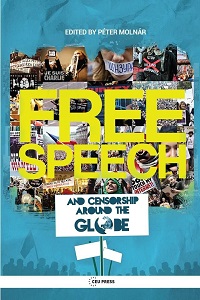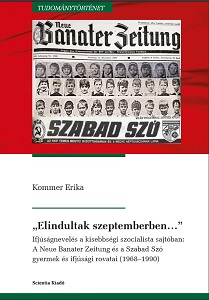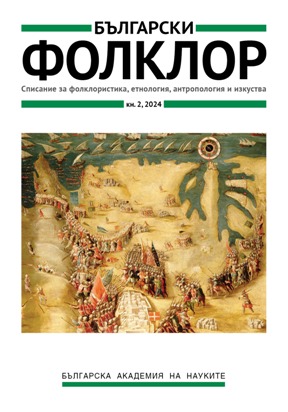
We kindly inform you that, as long as the subject affiliation of our 300.000+ articles is in progress, you might get unsufficient or no results on your third level or second level search. In this case, please broaden your search criteria.


















This book is a comparative analysis of the articles appeared in the daily newspapers Neue Banater Zeitung (published in German) and Szabad Szó (written in Hungarian) edited in Timişoara between 1968 and 1990. The main question of the research is: How and in what ways are children and youth addressed by these newspapers? Looking for a response, the book firstly outlines the socio-political relations in Romania during the period under review, mentioning the most important historical and cultural events of the German and Hungarian minorities. Another chapter presents the Neue Banater Zeitung, highlighting the personality of Editor-in-Chief Nikolaus Berwanger and key columns such as Pipatsch and Kulturbote. This is followed by the presentation of Szabad Szó and then the children’s, youth’s, and student’s pages and columns for correspondence of both newspapers. A separate chapter deals with the language of these columns, the “Newspeek” / “wooden language” as a tool of manipulation as well as the educational principles and the school model reflected in these newspapers of the communist Romania. The book also contains analysis of newspaper articles and interviews with journalists from the era: János Graur, Horst Samson, Ödön Józsa, Marius Koity, and Mária Pongrácz P.
More...
This review presents Martin Marinos's Free to Hate: How Media Liberalization Enabled Right-Wing Populism in Post-1989 Bulgaria (University of Illinois Press, 2023). Marinos's in-depth analysis reveals the close link between the media and the rise of right-wing populism in post-socialist Bulgaria. Marinos focuses on the connections between phenomena such as neoliberalism, racism, populism, and media commercialization.
More...
The article examines the question of how the concepts of nature and coexistence 2.0 have been constructed in the web 2.0 space, as well as their importance for conservation policy and decision making regarding human-nature coexistence. The object of analysis is the widely known case of a human-brown bear conflict that occurred near the town of Belitsa, municipality f Razlog, which initiated heated debates in the web 2.0 space in the context of the “innocence” of the brown bear. The analysis of the discussions falls within popular discourse of “re-connection” and “living in harmony” with nature constructed by global environmental agencies, as well as within the novel calls and proposals for coexistence between humans and nature. The article concludes that the construction of nature and coexistence 2.0 appears to serve conservation goals, but foregrounds their paradox of re-connecting with nature yet living at a distance from it.
More...